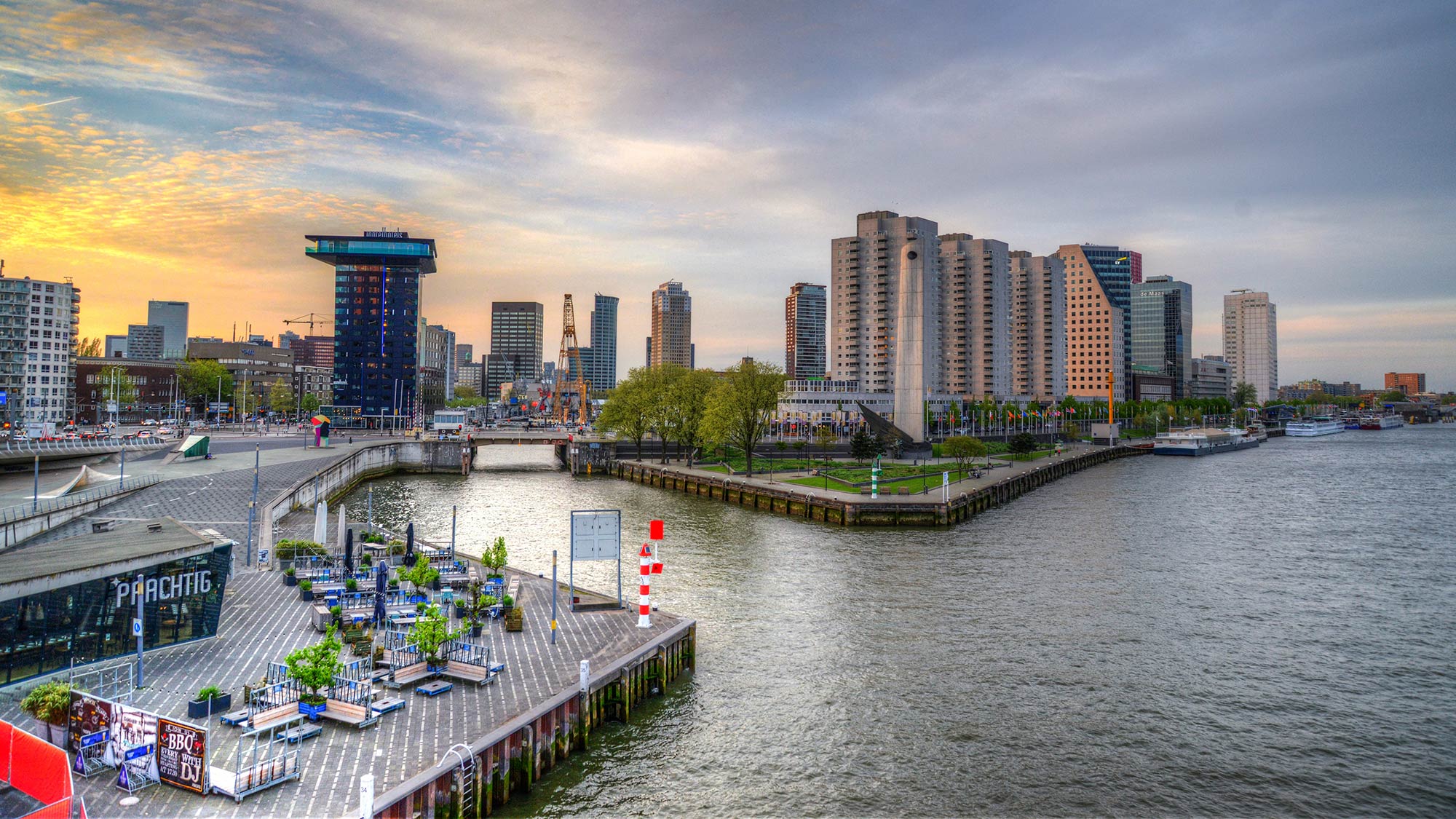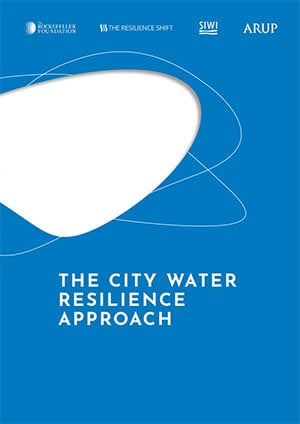Every city faces different water risks. A new approach helps leaders address them.
A changing climate coupled with rapid urbanisation has resulted in unpredictable rainfall, flooding, droughts and other water-related shocks and stresses on cities. With over 2 billion new urban citizens anticipated by 2050, cities increasingly recognise the need for better understanding of the water-related risks, and for tools that help prioritise action and investments to become more resilient.
Across the world, decision makers are focusing on the central role water plays in the life of cities. Arup and the Stockholm International Water Institute (SIWI) have developed the City Water Resilience Approach (CWRA) to help cities understand the risks they face, and improve the way they plan, manage and maintain their water system.
Using the approach
Funded by The Resilience Shift and the Rockefeller Foundation, the CWRA builds on the City Resilience Index, bringing the same forensic research methodology to the issue of water for the first time. It’s a five-step approach, which starts by engaging stakeholders and understanding how the underlying water basin is comprised. We then assess current resilience: could the city withstand enduring drought, sudden flooding, further urban development or other local risks? Steps three, four and five plan the actions that will improve water resilience, develop relevant local adaptations and put monitoring in place.
Our five steps to city water resilience
-
Understand the system
Every city is different, so we begin with in-depth research to understand the relevant shocks and stresses that an area faces. Our focus is to understand the answers to these questions: who are the stakeholders? Who is really in charge of water? Are there interdependencies. And what is the relevant infrastructure? -
Assess resilience
Next, we look at existing arrangements and practices. How is water being used? How well is it managed? We work out how current strengths can be built on and weaknesses overcome, establishing a baseline against which progress can be measured. -
Develop an action plan
Armed with this research we can now develop an action plan that strengthens a city’s water resilience. We include the anticipated benefits and costs, then prioritise key projects. -
Implement the action plan
It’s time to turn the plan into actions, delivering improvements, monitoring progress as we go, building on what other cities have learned, while making efficient use of budgets and resources. -
Evaluate, learn and adapt
Finally, we assess the results. What has the city learned? How are stakeholders’ adapting? What else needs to change? We capture everyone’s views to improve the process in future.
“Cities are at the frontline of our world’s greatest challenges, and according to more than 80% of our member cities, water is central to many of them. The CWRA will help cities to change their relationship with water, by applying resilience principles to water management, investments and other priority initiatives. ”
Katrin Bruebach Associate Director of Solutions Development and Innovation for Urban Water, 100 Resilient Cities
Understanding responsibilities
The water system’s many stakeholders – utility companies, government departments, industry regulators, commercial users, the public – often results in inadequate governance and an inability to respond to sudden shocks. The CWRA helps cities to reveal both the lack of existing coordination and understand where new connections are needed, leading to improved local governance and decision-making.
Cities as diverse as Cape Town, Mexico City, Miami, Amman, Thessaloniki, Manchester, Rotterdam and Hull have helped us to develop this approach to improve their own understanding and management of water. Seven of the eight cities are part of the Global Resilient Cities Network – pioneered by The Rockefeller Foundation (100RC), which helps cities around the world become more resilient in the face of physical, social and economic challenges.
The CWRA is further being developed in the African context. The Africa Urban Water Resilience Program, a three-year programme led by the World Resources Institute (WRI) in partnership with Arup and the Global Resilient Cities Network (R-Cities), which aims to address water risks and vulnerabilities in six African cities towards a water resilient recovery post COVID-19. The cities of Addis Ababa, Kigali and Johannesburg have been the first three cities to commence this work, navigating through the first hybrid in-person and virtual application of the CWRA. The next three secondary African cities will comprise Dire Dawa, Musanze and Gqeberha (previously Port Elizabeth).
In addition, the CWRA is underway in Abuja, in partnership with SIWI and the University of Nottingham, focusing on nature-based solutions for urban water resilience.
“The City Water Resilience Approach is comprehensively remaking the way we approach the management of our water. It fosters collaboration across stakeholders, a priority echoed during the fieldwork engagement process. ” Hardeep Anand P.E, Deputy Director, Miami-Dade Water and Sewer Department
Download the reports
Download the City Water Resilience Approach and reports for eight cities who have already started to put the approach into practice.
This project would not have been possible without the valued collaboration of the Steering Group. Our thanks to the following: Fred Boltz (Resolute Development Solutions), Casey Brown & Sarah Freeman (University of Massachusetts, Amherst), Katrin Bruebach & Andrew Salkin (100 Resilient Cities), Jo da Silva (Arup), Nancy Kete & Juliet Mian (The Resilience Shift), Diego Rodriguez & Maria Angelica Sotomayor (World Bank).
 ;
;


